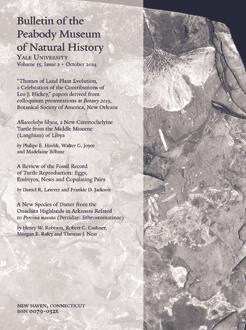The term parichnos, coined in 1891, has been used since then with more or less precision to describe a morphological or anatomical feature in several taxa of fossilized lycopsids. The parichnos is a tissue system found surrounding or accompanying the (vascular) leaf traces on their paths from the stele to the leaves. By analogy, the term has also been applied to features of some extant lycopsids. Associated with the minor, semantic issue of precisely defining the term, there is the problem of fully understanding the underlying feature that it describes, and a substantive debate about the function of that anatomical or morphological feature. In this article, I review the history of the term and of the associated problem of interpreting the nature and function of the parichnos system. This examination illustrates the constraints that morphological terminology can place on theories of plant function and in turn how accepted ideas about plant function affect the interpretation of observed morphology.
How to translate text using browser tools
1 October 2014
The Parichnos Problem and the Function of Aerenchyma in the Lycopsida
W.A. Green
ACCESS THE FULL ARTICLE
aerenchyma
arborescent lycopsids
leaf trace
parichnos





